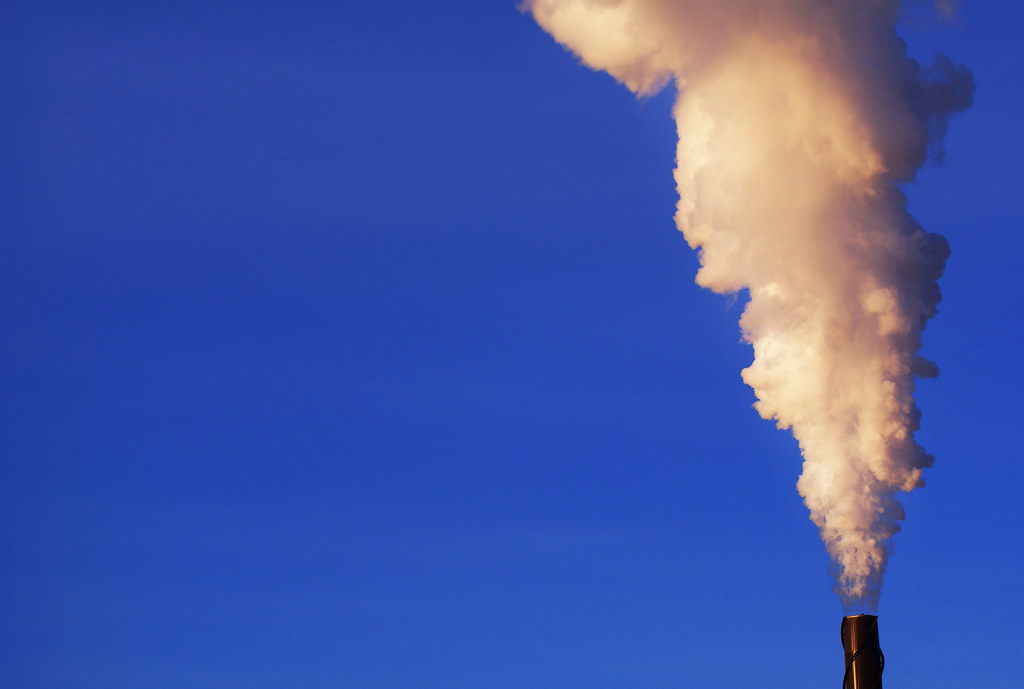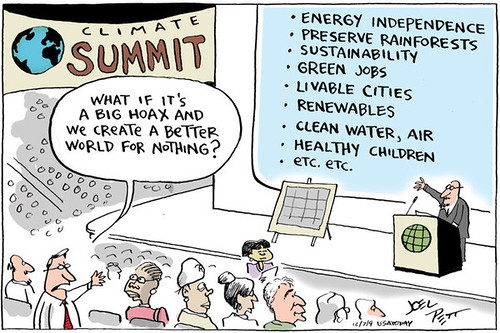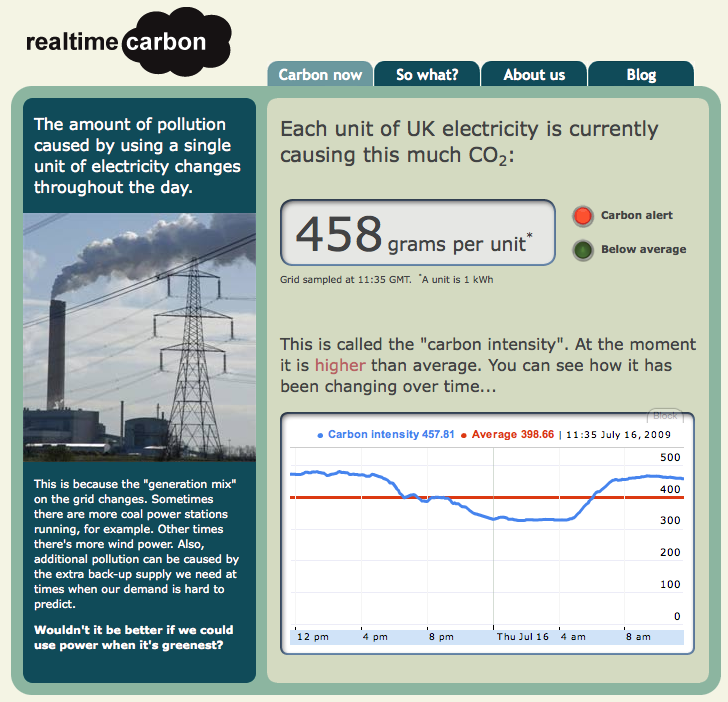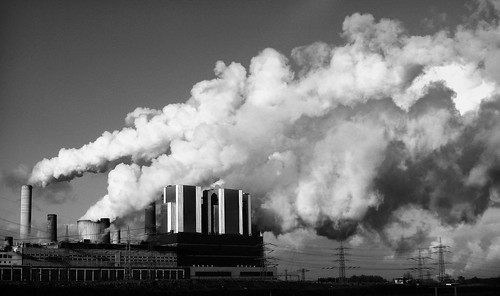
Photo credit pfala
The decision by the French government to back down on plans to enact a carbon tax is very disappointing, and not a little puzzling.
President Sarkozy initially said plans to introduce a carbon tax were
a monumental act of the French Republic ? a measure so important President Nicolas Sarkozy ranked it beside “decolonization, election of the President by universal suffrage, abolition of the death sentence and legalization of abortion” in the list of national accomplishments.
However, implementation of the tax was dropped recently after President Sarkozy’s party lost disastrously in regional elections.
According to the New York Times,
The idea of a carbon tax had been widely opposed by France?s business lobby, which argued that it would increase costs, as well as by members of the governing party, which opposed the idea of a new tax.
The French government hoped to raise $4.7 billion to $6.1 billion in new annual revenues to finance state-funded ecological investments from the proposed tax.
This is crazy.
Why did no-one propose enacting a carbon tax which was overall cost neutral?
To implement this – instead of just a carbon tax (i.e. an extra tax on top of existing costs) he could have
1. Reduced corporate tax by an amount roughly equivalent to the amount expected to be recouped by the carbon tax and then levied a carbon tax (overall take remains the same but polluters pay more) or
2. implemented it as a kind of tax break for carbon reductions (i.e. the more you pollute, the less tax break you get)
Given that the carbon tax was such a large part of President Sarkozy’s election platform it is odd that he didn’t attempt any alternative means of rolling it out. He has now effectively shelved the idea of a carbon tax for the forseeable future in France and he gives the appearance of backing down. Not something he has been keen to do up to now!
There is obviously more going on here that I am missing – anyone care to enlighten me?










